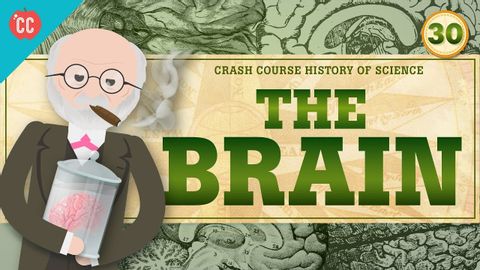
Subtitles & vocabulary
The Mind/Brain: Crash Course History of Science #30
00
林宜悉 posted on 2020/03/30Save
Video vocabulary
physical
US /ˈfɪzɪkəl/
・
UK /ˈfɪzɪkl/
- Countable Noun
- Health check at the doctors' or hospital
- Adjective
- Concerning the body of a person
- Concerning things that can be seen or touched
A2
More disorder
US /dɪsˈɔrdɚ/
・
UK /dɪs'ɔ:də(r)/
- Uncountable Noun
- State of confusion or a lack of organization
- Illness when the body is not functioning well
- Transitive Verb
- To disrupt the order or arrangement of something.
B2
More therapy
US /ˈθɛrəpi/
・
UK /'θerəpɪ/
- Noun (Countable/Uncountable)
- Treatment to help cure an illness
- Psychological counseling to help resolve personal or emotional problems.
B2
More Use Energy
Unlock All Vocabulary
Unlock pronunciation, explanations, and filters
